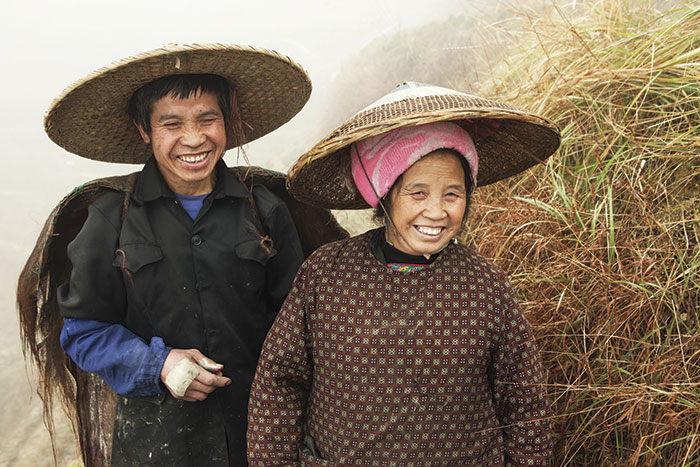Poverty is commonly thought of as a lack of money to buy daily necessities. International benchmarks for extreme poverty have, over time, increased from the equivalence of US$1 to $2 a day in income or consumption.
Actually, defining poverty in terms of money in this way is simple but also simplistic. What really matters is what the money can buy to meet varied human needs. To paraphrase the novelist Leo Tolstoy, all rich families are alike, each poor family is poor in its own way: unemployment, debilitating disabilities, catastrophic illness, homelessness, little or no education. The list goes on.
In recognition of the diverse dimensions and multiple causes of poverty, China has in recent years adopted a precision approach to poverty alleviation. Called jingzhun fupin in Chinese, this approach requires a combination of targeted measures for poor regions, counties, villages, households and ultimately individuals, to make sure no one is left behind.
Deliberate policy measures favouring inland regions and those populated mainly by ethnic minorities are part of China’s economic and social development planning. A good macro-level example is the costly extension of highways and high-speed railroads to remote areas to improve access and thereby stimulate economic activities. Micro-level examples include assistance to individuals in the form of pensions and health insurance; equally important are various in-kind benefits.
In early 2017, the Chinese government issued a list of 81 basic national public services to be provided by the state. These entitlement services fall in eight major categories of minsheng or welfare: public education, employment, income security, healthcare, housing, culture, sports, and disability services. A few examples could illustrate the breadth and depth of the inventory of what economists call merit goods – services that benefit not only individuals but also others, even society at large: public spending for compulsory education up to the ninth grade, living subsidies to students from poor families, free textbooks, nutrition supplements for students in poor regions, and relief assistance to victims of major natural disasters.
In 2018, some of these basic national public services were designated for standardisation, with costs shared between central and local governments. A paper I wrote for the journal Public Money & Management provides additional description and analysis.
One would expect the Chinese government to publicise its success in alleviating extreme poverty in China and contributing to the goal of zero poverty worldwide. Noteworthy is the assessment of two Harvard University academics that the Chinese experience has lessons for other nations. Nara Dillon compliments China’s multi-pronged strategy, consisting of generating data to better understand the nature of poverty, providing welfare benefits, and promoting economic developments. Graham Allison’s effusive praise of China’s anti-poverty success was recently published in China Daily, commonly regarded a propaganda outlet.
For us as public finance professionals, it is important to remember that in-kind benefits and public services also cost money, and therefore have to be financed, budgeted for and managed by our Chinese counterparts.












